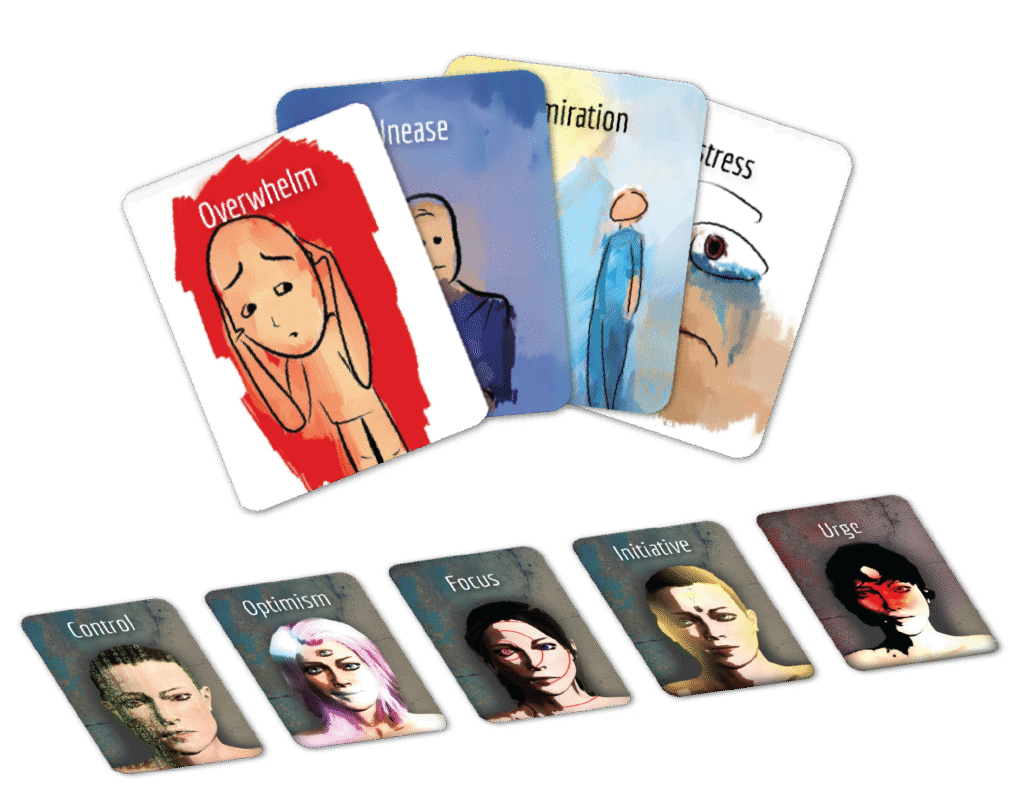Some clients explain their emotions instead of feeling them—staying in their heads as a way to stay safe. While insight has its place, healing happens when emotions are experienced, not just analyzed. Here are 10 practical, in-session strategies to gently guide clients back to feeling:
1. Call Attention to the Pattern—With Curiosity, Not Judgment
Instead of pointing out intellectualization as a defense, invite awareness:
“I notice that when we talk about emotions, you describe them from a distance—like an observer. Do you feel that too?”
This allows clients to recognize their pattern without feeling criticized.
2. Invite the Body Into the Conversation
When emotions stay in the head, shift attention to physical sensations:
- “Where do you feel that in your body?”
- “If this feeling had a temperature or a weight, what would it be?”
- “As you talk about this, what changes in your breathing or posture?”
The body often registers emotions before the mind catches up. Bringing awareness to physical sensations bypasses overthinking and invites direct experience.
3. Use Silence Intentionally
Intellectual clients often fill space with words to avoid discomfort. Instead of responding immediately, pause after an emotionally significant statement and let silence work.
If a client says, “I think my childhood made me avoidant,” pause and see what follows.
Silence invites deeper reflection. If they don’t continue, you can gently ask:
“What’s happening inside you right now as you say that?”
4. Shift From “Why” to “What” Questions
Asking “Why do you feel this way?” often leads to more analysis. Instead, ground the conversation in experience:
- “What happens inside you when this feeling comes up?”
- “What is this emotion asking from you right now?”
- “What happens if you let yourself feel it for just a few seconds?”
These questions bring clients into the moment rather than keeping them in the past or future.
5. Use Therapy Cards to Ground the Conversation
Clients who stay in their heads often benefit from structured prompts. Using Emotions in Time cards helps make emotions more concrete and accessible.
Try: “Let’s roll for a time period and draw an emotion—what memory or sensation comes up?”
By giving emotions a context, clients feel less pressure to analyze and more freedom to express.
6. Normalize the Fear of Feeling
For many clients, intellectualization isn’t just a habit—it’s a protective strategy against emotional overwhelm. Instead of challenging it, validate it:
“It makes sense that emotions feel risky if they weren’t safe in the past. We don’t have to dive in all at once.”
When emotions feel safer, clients are more willing to engage emotionally.
7. Mirror Emotional Language—But Go One Step Deeper
When a client talks about an emotion instead of feeling it, subtly mirror their words and bring it back to their experience:
Client: “I think sadness comes from unmet expectations.”
Therapist: “Sadness and unmet expectations—where do you feel that in your body right now?”
By pairing their intellectual insight with a direct emotional invitation, you meet them where they are while nudging them toward deeper awareness.
8. Help Clients Notice Emotional Micro-Shifts
Sometimes, emotions emerge in fleeting, subtle ways before disappearing under analysis. Gently guide awareness to these moments:
“As you said that, I noticed a little shift in your voice. Did you feel that too?”
“Your expression changed for a second—what was that?”
Pointing out these small emotional cues can help clients catch emotions before they shut them down.
9. Introduce Movement or Sensory Engagement
If clients are stuck in their heads, engage their senses:
- “If this emotion wanted to move, how would it move?”
- “Let’s stand up for a second—does this change how the feeling sits in your body?”
Even small body shifts can break the cycle of overthinking and bring emotions into direct experience.
10. Help Clients Track Emotional Patterns Over Time
Some intellectual clients need structured reflection to recognize patterns in their emotions. Instead of asking, “How do you feel?”, try:
- “What emotions have been recurring lately?”
- “What situations bring this up most often?”
Mapping emotions visually—such as sorting Parts in Me cards into recurring themes—can make emotions feel more concrete and less abstract.
Final Thoughts: Meeting Clients Where They Are
Intellectualization isn’t something to “fix”—it’s a coping strategy that once served a purpose. By gently inviting clients into a more embodied emotional experience, you help them bridge the gap between understanding their emotions and truly feeling them.
If you’re looking for practical tools to ease clients into this process, structured reflection tools like Emotions in Time and Parts in Me can provide a safe, structured way to explore emotions.




